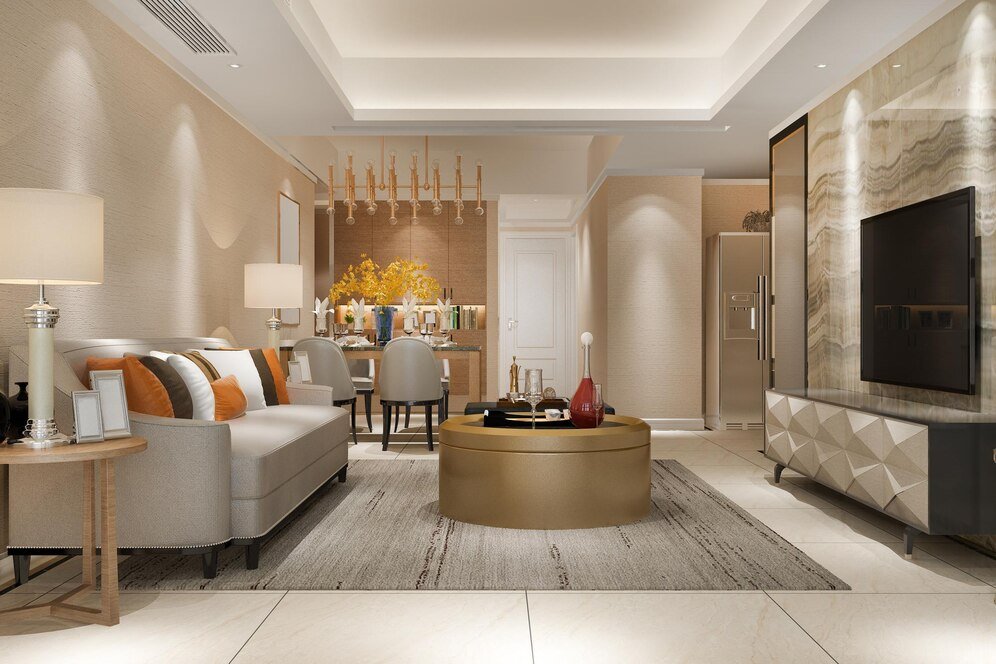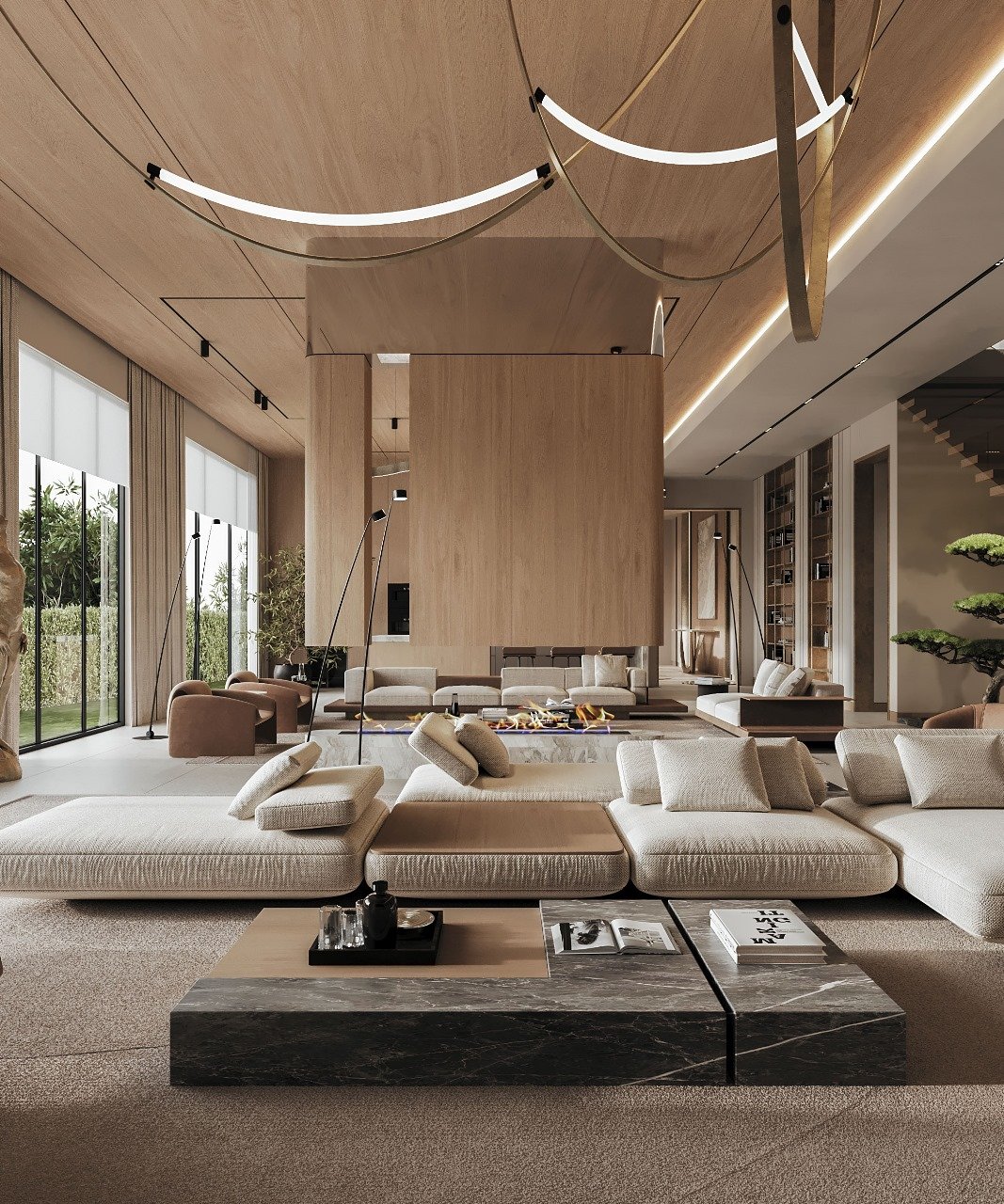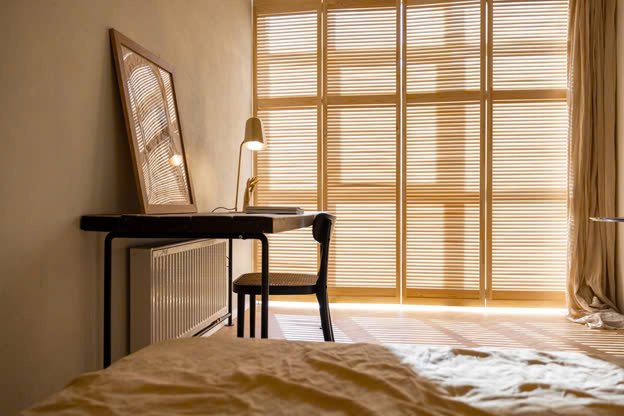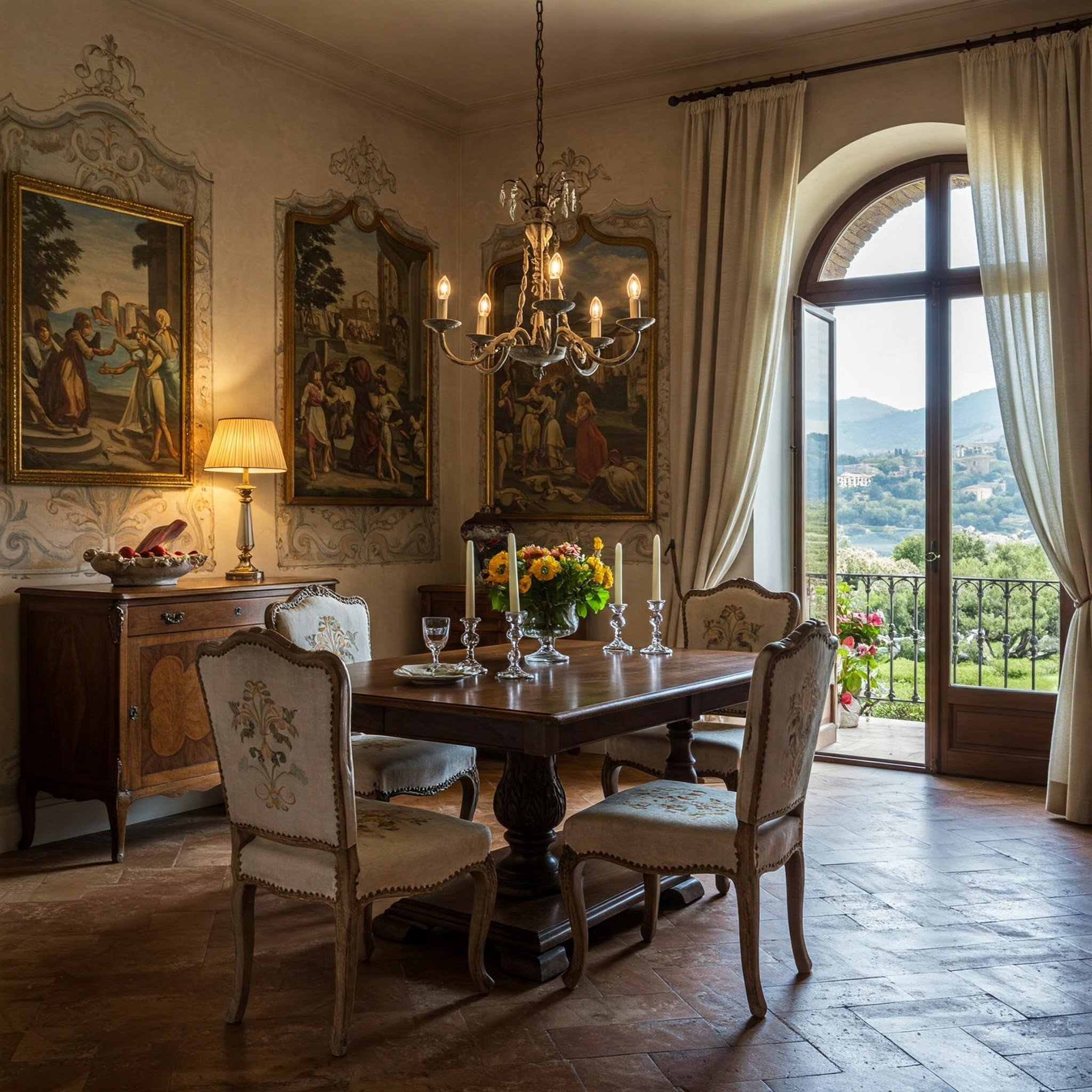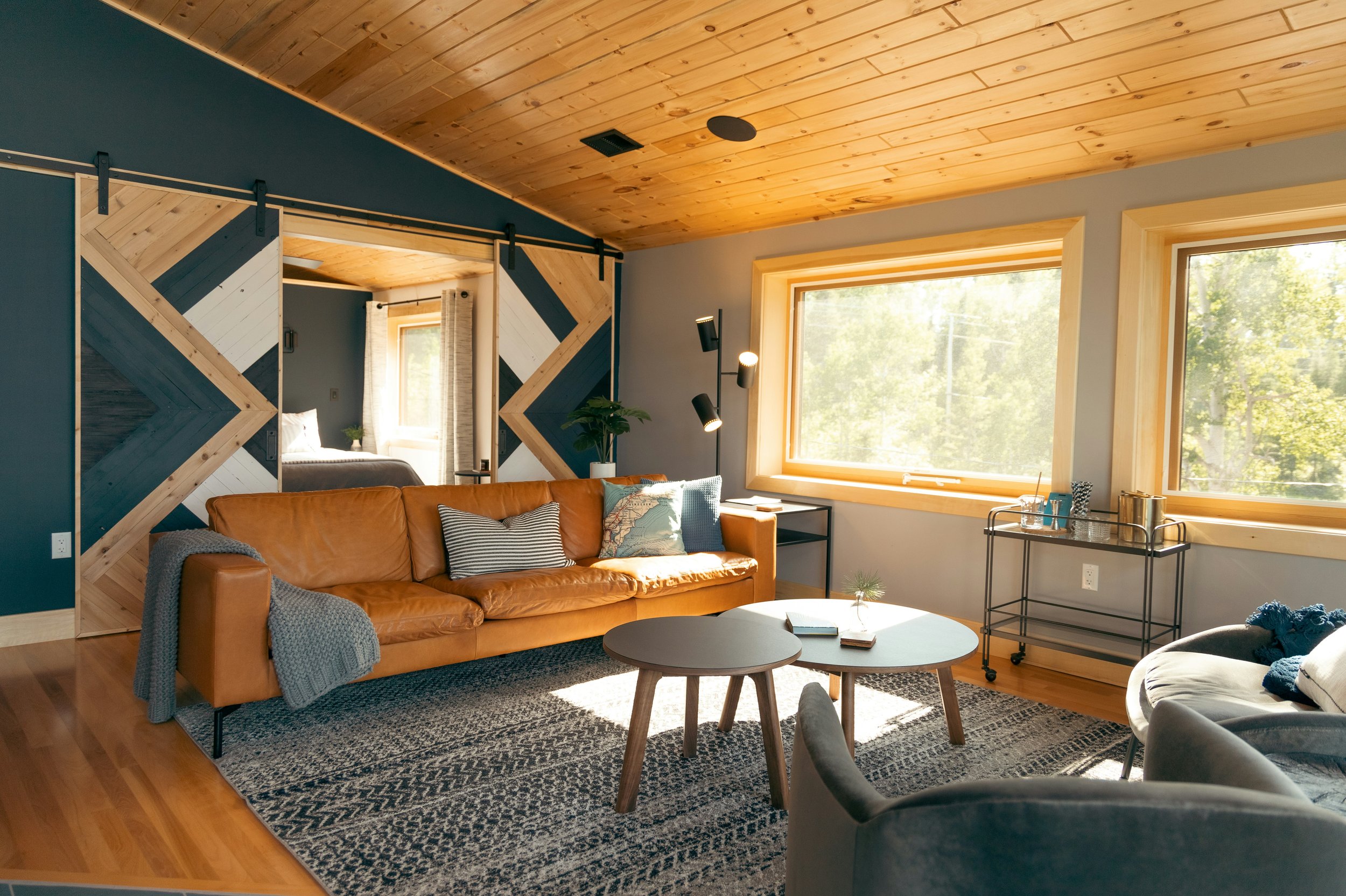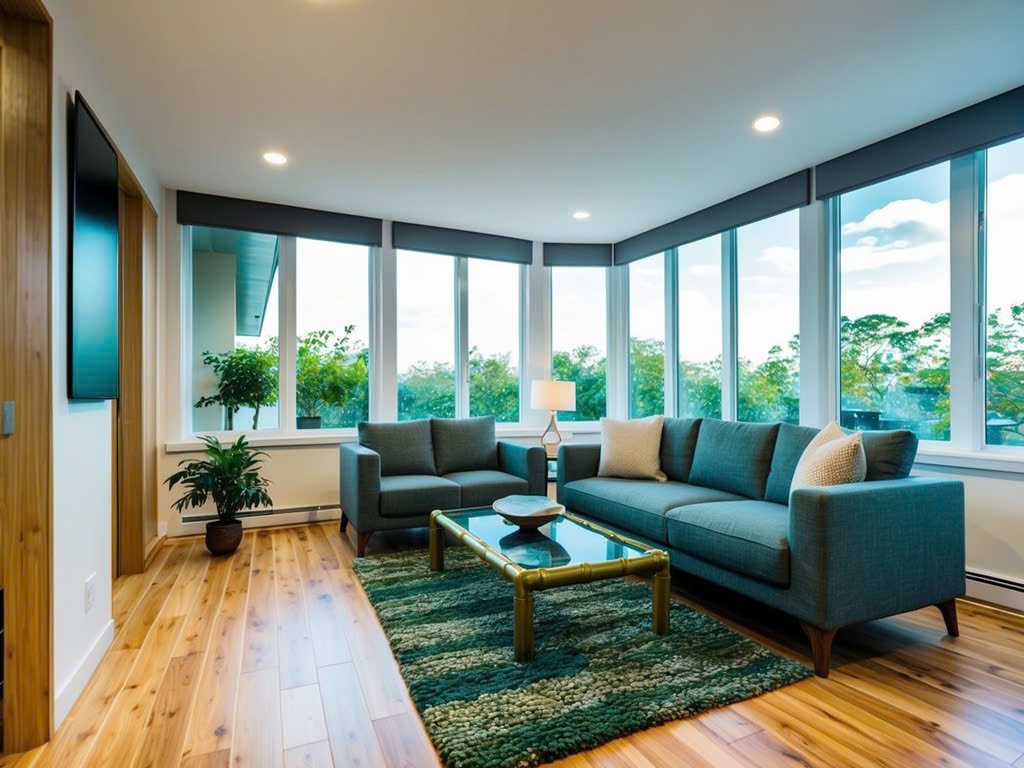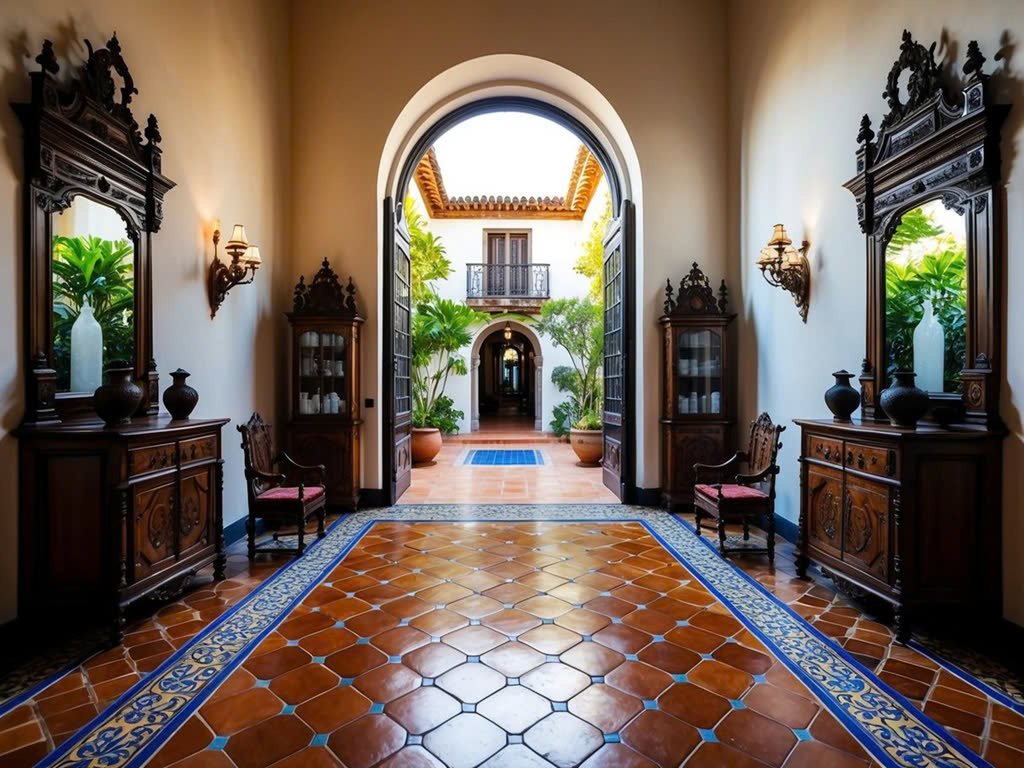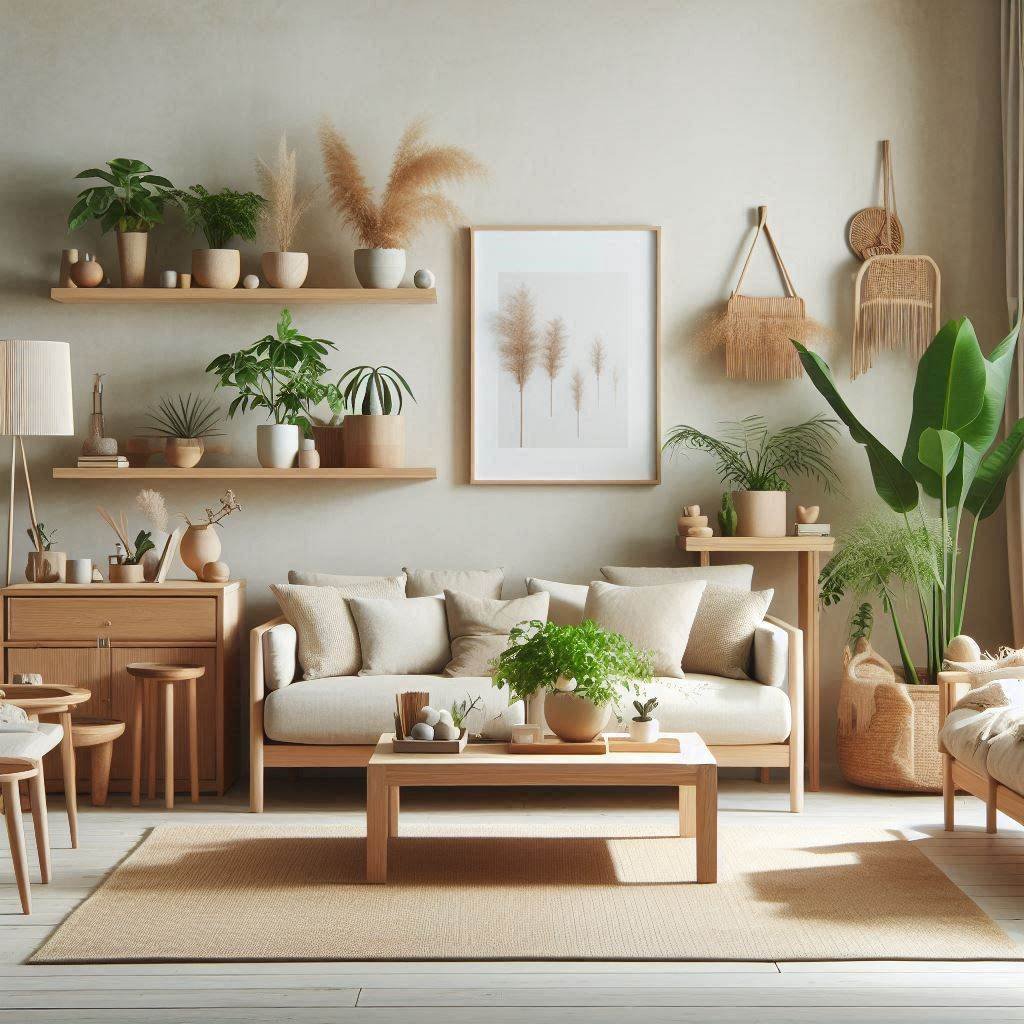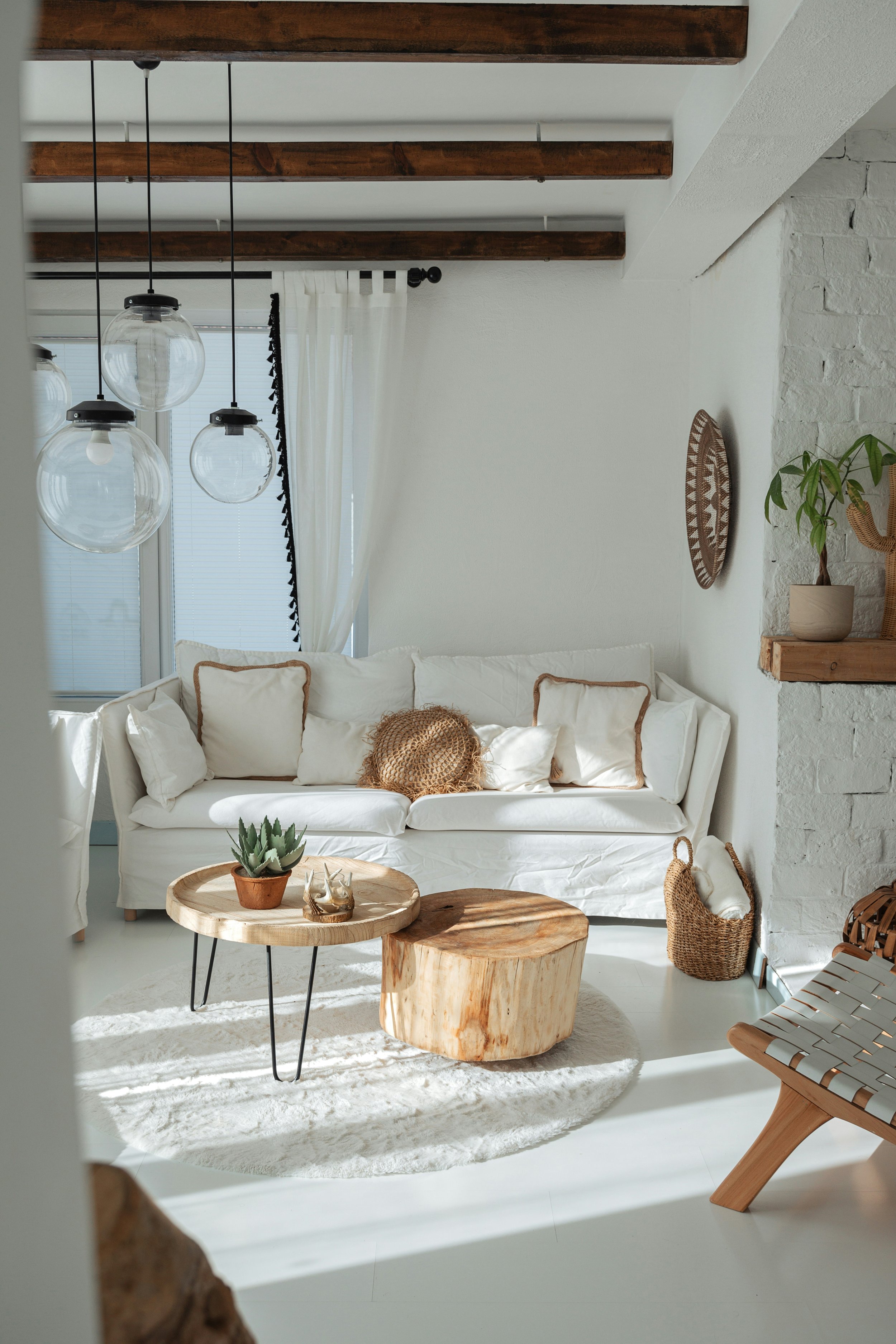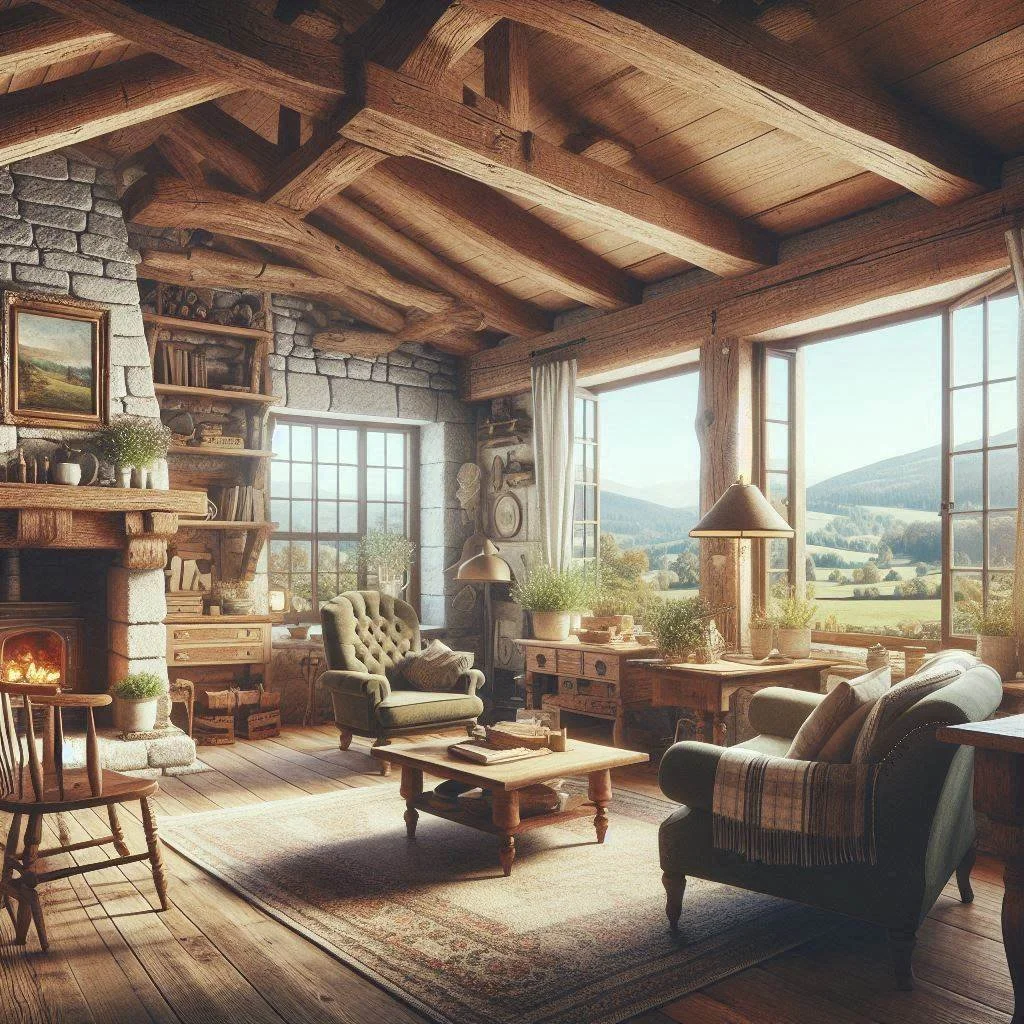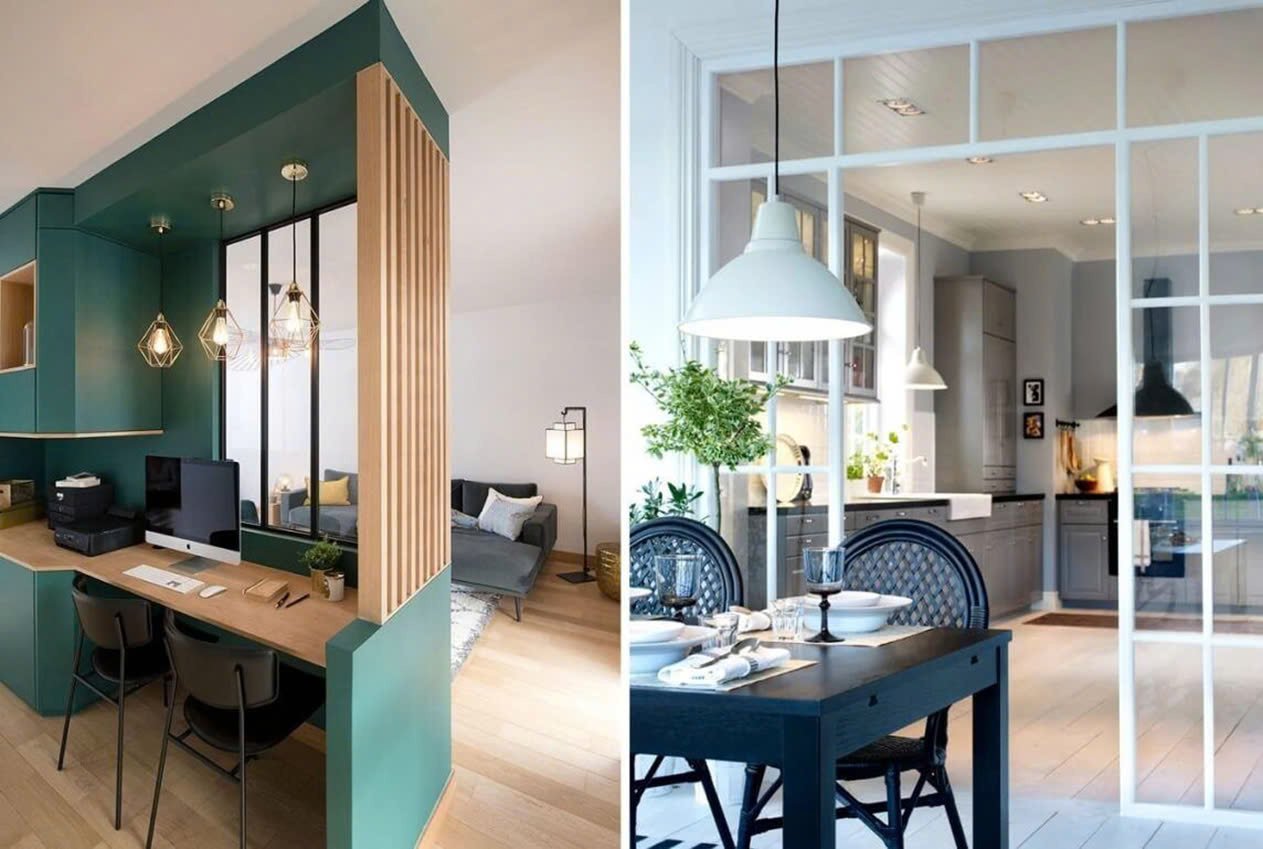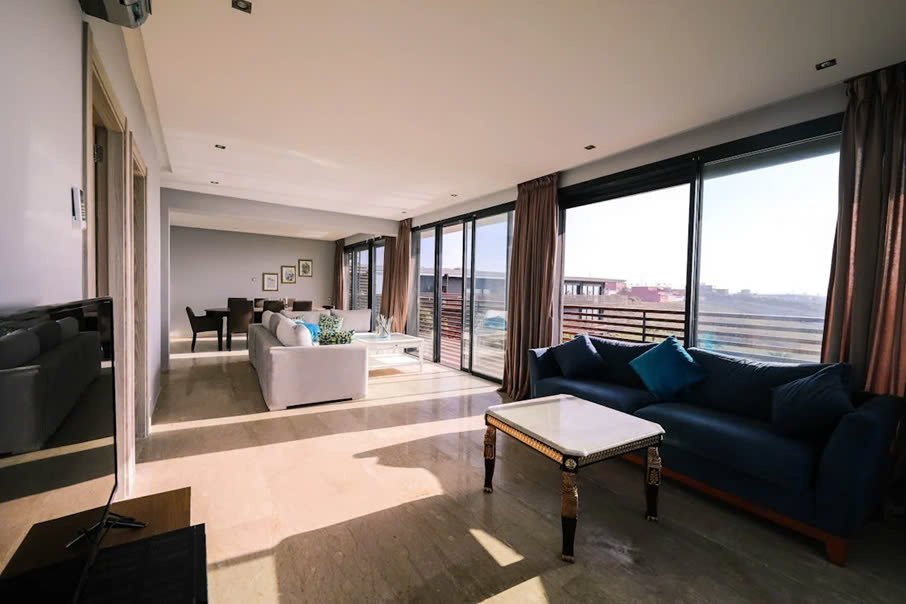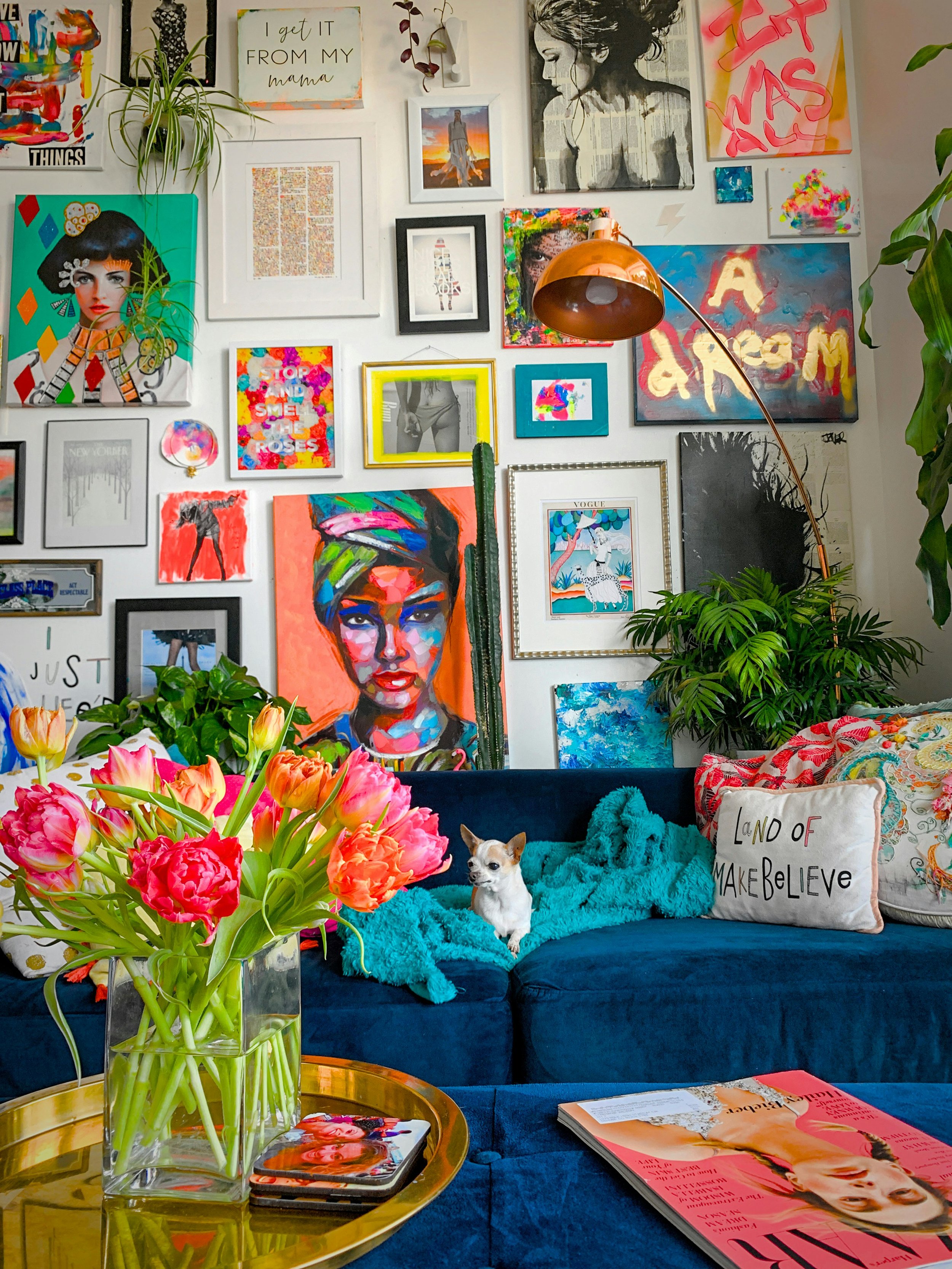Cultural Influences in Modern Interior Design: A Guide for Student Designers
Explore how cultural influences shape modern interior design. This guide for student designers highlights key elements and inspiration for creating diverse and dynamic spaces.
In the ever-evolving field of interior design, the influence of diverse cultures plays a pivotal role in shaping contemporary aesthetics and practices. As the world becomes more interconnected, interior designers are increasingly drawing inspiration from a vast array of cultural traditions to enrich and diversify their design approaches. For student designers, understanding and integrating these cultural elements can be a key differentiator in their burgeoning careers. This guide explores how cultural influences can be seamlessly woven into modern interior design, offering student designers insights into creating spaces that are not only visually striking but also culturally resonant and meaningful.
Cultural Heritage in Design
Cultural heritage encompasses the traditions, values, and artistic expressions that are passed down through generations within a community. In the context of interior design, this heritage can manifest through patterns, furniture styles, architectural details, and even room layouts that are characteristic of specific cultures. Recognizing and appreciating this heritage is crucial for student designers who wish to create spaces that honor historical and cultural authenticity.
Integrating cultural heritage in modern design doesn't mean merely replicating traditional elements but rather interpreting them in ways that resonate with contemporary aesthetics. For example, a designer might incorporate an intricate Moroccan tile pattern into a sleek, modern kitchen backsplash or use traditional Japanese sliding doors to enhance the minimalist feel of a living space. This approach not only preserves cultural identity but also creates a narrative that bridges the past and present.
As students delve into this aspect of design, they may find it beneficial to use resources like an article review writing service, which can help them access critical analyses of contemporary projects and trends. Such services provide valuable insights that can deepen their understanding of how cultural elements are being adapted and interpreted in modern settings.
Global Trends Influencing Modern Interiors
The global landscape of interior design is marked by a beautiful mosaic of cultural influences that inform and inspire modern practices. Several key trends stand out for their roots in specific cultural heritages and their widespread adoption in diverse settings:
Scandinavian Minimalism: Originating from the Nordic countries, this design philosophy emphasizes simplicity, functionality, and a connection to nature. Features like light-colored woods, clean lines, and a muted color palette are hallmarks of this style. Scandinavian design has influenced the minimalist trend globally, advocating for less clutter and more harmony in living spaces.
Japanese Zen: Japanese design aesthetics are deeply rooted in the principles of Zen Buddhism, which emphasizes balance, harmony, and tranquility. Elements such as tatami mats, sliding doors, and the thoughtful use of space (Ma) to create a flow between indoors and outdoors are distinctive of this style. These elements are increasingly incorporated in Western designs to promote peace and mindfulness.
Moroccan Vibrancy: Known for its rich colors, intricate carvings, and luxurious fabrics, Moroccan design injects warmth and exotic flair into interiors. The use of decorative tiles, ornate lanterns, and plush cushions can transform a space into a vibrant and inviting environment. This style has been embraced globally, particularly in bohemian and eclectic design schemes.
Each of these trends demonstrates how cultural influences can transcend their origins to become part of a global design language. For student designers, exploring these trends offers a pathway to integrating international elements into their projects, enabling them to produce designs that are both globally informed and locally resonant.
Materials and Textures: A Cultural Palette
One of the most impactful ways to incorporate cultural influences into modern interior design is through the use of materials and textures that are characteristic of specific traditions. Different cultures have developed unique approaches to using natural and man-made materials, which can add authenticity and depth to contemporary spaces.
For instance, Japanese design often features natural materials such as bamboo, paper, and wood, creating a serene and organic atmosphere. These materials are used not only for structural elements but also for decorative items like shoji screens and tatami mats. Similarly, the use of woven textiles and pottery in African design introduces rich textures and earthy tones that bring warmth and a sense of history to modern interiors.
Incorporating these materials requires a thoughtful approach to ensure they complement the overall design without appearing out of place. For example, using rattan furniture or jute rugs can add a touch of African or Southeast Asian influence to a contemporary living room. Stone and terracotta tiles can evoke Mediterranean or Middle Eastern aesthetics, especially when paired with other cultural elements such as mosaics or handcrafted ceramics.
Textures play a crucial role in enhancing the tactile experience of a space. The roughness of a stone wall, the smoothness of a ceramic vase, or the softness of a woolen throw can all evoke cultural connections and add layers of sensory engagement to a room. Student designers should experiment with combining different textures to create a harmonious yet dynamic environment that reflects cultural richness.
Color Schemes Inspired by Cultural Landscapes
Colors are powerful tools in interior design, capable of transforming the mood and character of a space. Different cultures have distinct color palettes that are often influenced by their natural landscapes, traditions, and symbolic meanings.
For instance, the vibrant blues and whites of Greek design are reminiscent of the Aegean Sea and the iconic architecture of the Greek islands. These colors can be used to create a fresh, airy atmosphere in a modern home, especially in spaces that benefit from lots of natural light. In contrast, the deep reds, oranges, and golds of Indian design reflect the country's rich history and vibrant festivals. These colors can be used to add warmth and energy to a space, making it feel lively and inviting.
When selecting a color scheme, student designers should consider the cultural context and the emotions they wish to evoke. Earthy tones like ochre and terracotta can create a grounded, rustic feel inspired by Southwestern or Mediterranean designs. Meanwhile, incorporating bold colors like turquoise and magenta can bring a touch of Mexican or Moroccan flair to a room.
Balancing these cultural color schemes with neutral tones can prevent them from overwhelming the space. Neutral backgrounds allow the cultural colors to stand out as accents, creating focal points that draw the eye without dominating the room. This approach ensures that the design remains cohesive and visually pleasing.
Successful Integration of Culture in Modern Designs
Examining real examples of successful cultural integration in interior design can provide valuable insights and inspiration for student designers. Here are a few notable examples:
The Nolitan Hotel in New York City: This boutique hotel seamlessly blends modern design with elements of industrial and Japanese aesthetics. The use of raw concrete, steel, and minimalist furniture reflects an urban, contemporary vibe, while the incorporation of Japanese-inspired features like shoji screens and bamboo accents adds a serene, cultural touch. This fusion creates a unique, calming environment in the heart of a bustling city.
Casa Cook in Rhodes, Greece: This hotel combines traditional Greek architecture with modern design principles. Whitewashed walls, natural wood elements, and earthy color palettes create a minimalist yet inviting space. The use of local materials and handcrafted decor items ties the design to its cultural context, offering guests an authentic experience.
Moroccan Riads: Traditional Moroccan homes, known as riads, have been adapted into modern boutique hotels that retain their cultural charm. Intricate tilework, vibrant textiles, and ornate wood carvings are combined with modern amenities to create luxurious yet culturally rich interiors. These spaces highlight how traditional design elements can be preserved and celebrated in contemporary settings.
These case studies illustrate that successful cultural integration involves more than just aesthetic choices; it requires an understanding of the cultural significance behind the design elements. Student designers can learn from these examples by studying the cultural context and thoughtfully incorporating traditional elements into their own projects.
Final Thoughts
Cultural influences play a vital role in enriching modern interior design, offering a wealth of inspiration and meaning. For student designers, embracing these influences can lead to more informed, diverse, and impactful designs. By understanding cultural heritage, exploring global trends, utilizing unique materials and textures, and choosing appropriate color schemes, designers can create spaces that resonate on a deeper level with their occupants.
Integrating cultural elements thoughtfully and respectfully not only enhances the aesthetic appeal of a space but also fosters a greater appreciation for the diversity and richness of different traditions. As student designers embark on their careers, they should strive to create environments that are not only beautiful but also culturally significant and inclusive. This approach will not only set them apart in the competitive world of interior design but also contribute to the creation of more harmonious and meaningful living spaces.


